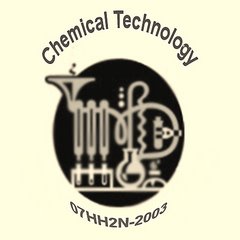PET
PET
Density
1370 kg/m3
Young modulus(E)
2800–3100 MPa
Tensile strength(σt)
55–75 MPa
Elongation @ break 50–150%
notch test 3.6 kJ/m2
Glass temperature
75 °C
melting point
260 °C
Vicat B
170 °C
Thermal conductivity 0.24 W/m.K
linear expansion coefficient (α)
7×10−5/K
Specific heat (c)
1.0 kJ/kg.K
Water absorption (ASTM) 0.16
Price 0.5–1.25 €/kg
source: A.K. vam der Vegt & L.E. Govaert, Polymeren, van keten tot kunstof, ISBN 90-407-2388-5
Polyethylene terephthalate (aka PET, PETE or the obsolete PETP or PET-P) is a thermoplastic polymer resin of the polyester family that is used in synthetic fibers; beverage, food and other liquid containers; thermoforming applications; and engineering resins often in combination with glass fiber. It is one of the most important raw materials used in man-made fibers.
Depending on its processing and thermal history, it may exist both as an amorphous (transparent) and as a semi-crystalline (opaque and white) material. Its monomer can be synthesized by the esterification reaction between terephthalic acid and ethylene glycol with water as a byproduct or the transesterification reaction between ethylene glycol and dimethyl terephthalate with methanol as a byproduct. Polymerization is through a polycondensation reaction of the monomers (done immediately after esterification/transesterification) with ethylene glycol as the byproduct (the ethylene glycol is recycled in production).
The majority of the world's PET production is for synthetic fibers (in excess of 60%) with bottle production accounting for around 30% of global demand. In discussing textile applications, PET is generally referred to as simply "polyester" while "PET" is used most often to refer to packaging applications.
It is manufactured under trade names Arnite, Impet and Rynite, Ertalyte, Hostaphan, Melinex and Mylar films, and Dacron, Terylene & Trevira fibers. [1]
Chemical structure of polyethylene terephthalate
Uses

Không có nhận xét nào:
Đăng nhận xét